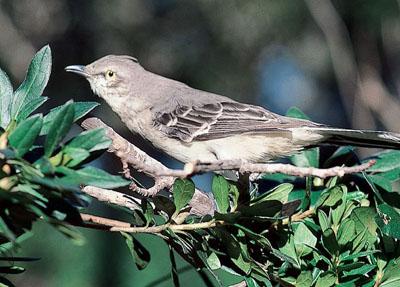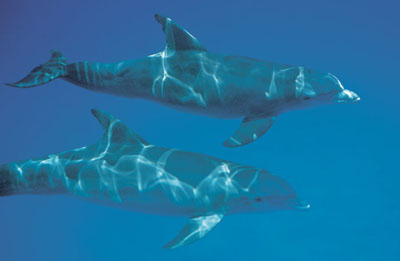Our next series of Science lessons will be on life cycles of Florida plants and animals. Students should be able to compare and contrast the major stages in the life cycles of Florida plants (flowering and non-flowering seed-bearing plants) and animals, such as those that undergo complete and incomplete metamorphosis. We will also compare the seasonal changes in Florida plants and animals to other regions of the country.
Sabal Palms are Florida's state tree. (Have you noticed these have been planted up and down Atlantic and Beach Boulevards recently?)
According to the Florida Department of State, the Sabal Palm (Sabal palmetto) is the most widely distributed palm in Florida. It grows in almost any soil and has many uses, including food, medicine, and landscaping. Sabal palms grow up to 65 feet tall, with a trunk of up to 2 feet in diameter. Palms are non-flowering plants.
Orange Blossoms are Florida's state flower.
The blossom of the orange tree (Citrus sinensis) is one of the most fragrant flowers in Florida. Millions of these white flowers perfume the atmosphere throughout central and south Florida during orange blossom time. Orange trees are flowering evergreens (don't lose their leaves from Fall to Winter) and are usually between 30 and 33 feet tall.
Coreopsis is Florida's state wildflower.
Coreopsis are found in a variety of colors ranging from golden to pink and are usually about 3 feet tall.
American Alligators (Alligator mississippiensis) are Florida's state reptile.
In late June and early July, female alligators usually lay thirty to fifty eggs in mound-shaped nests made of reeds and other vegetation. Baby alligators hatch after an incubation period of about two months. When hatched, alligators are already fully developed and about eight inches long. Mature alligators usually range from six to twelve feet in length, with females rarely exceeding nine feet. Female alligators are particularly aggressive when guarding their nests. (Is this an instinctive or learned behavior?)
Mockingbirds (Mimus polyglottos) are Florida's state bird.
Often, the mockingbird sings all night long, especially under bright springtime moonlight.
Mockingbirds are usually about ten inches in length, with a fifteen-inch wingspan. The nest, a joint project of the male and female mockingbird, is a bulky, open cup of grass, twigs, and rootlets carelessly arranged in a dense tree or bush. The three to six eggs per nest are a pale blue-green with brown spots. This year-round Florida resident is known for its fierce defense of the family nest. (Instinct or learned behavior?)
Did you know Florida has a state butterfly? It's the Zebra Longwing!
The Zebra Longwing (Heliconius charitonius) is found throughout the state, although it is more common in south Florida, particularly in the Everglades National Park.
Florida Panther (Felis concolor coryi) is our state animal.
The Florida Panther is a large, long-tailed, pale brown cat that grows to six feet or longer. The Florida panther is the most endangered of all Florida's symbols, and it was chosen in 1982 by a vote of students throughout the state.
Manatees are Florida's state marine mammal.
The manatee (Trichechus manatus), also called a sea cow, is a gray, waterplant-eating, gentle giant that reaches eight to fourteen feet in length and can weigh more than a ton.
Dolphin/Porpoise is Florida's state saltwater mammal.
The terms porpoise and dolphin are sometimes erroneously used interchangeably. Usually in Florida both names refer to the Bottlenose dolphin (Tursiops truncates), the species commonly found along Florida's Atlantic and Gulf coasts. (True porpoises are a different saltwater mammal and are not commonly found in Florida waters.) Dolphins are gray with a lighter underside. They can live to the age of thirty and most are six- to eight-feet in length. Dolphins use a system of echolocation, much like sonar, to determine their orientation (Instinct or learned behavior?). They have no sense of smell. Their keen eyesight, remarkable hearing, and wide variety of sounds (barks, clicks, and whistles) make dolphins especially interesting to study.
Sailfish is Florida's state saltwater fish.
Sailfish (Istiophorus platypterus) are not unique to Florida; they are found nearly everywhere there is warm ocean water. However, Florida sailfishing is legendary, especially in the Fort Pierce, Miami, and Keys areas during colder months. Sailfish migrate southward as the weather chills in the north. (Is migration an instinct or learned behavior? How is it an adaptation?) The sailfish can reach speeds of sixty m.p.h. The average size of sailfish found in Florida is approximately six to seven feet and thirty to forty-five pounds.
Largemouth Bass are Florida's state freshwater fish.
Florida Largemouth Bass (Micropterus salmoides floridanus) seem to grow to unusually large size in Florida waters. They can reach a length of more than twenty inches and weigh more than fifteen pounds.
In my next weekly e-mail, I will e-mail the PowerPoint presentation we will use in class, so students can use it to review/study for home learning.






















